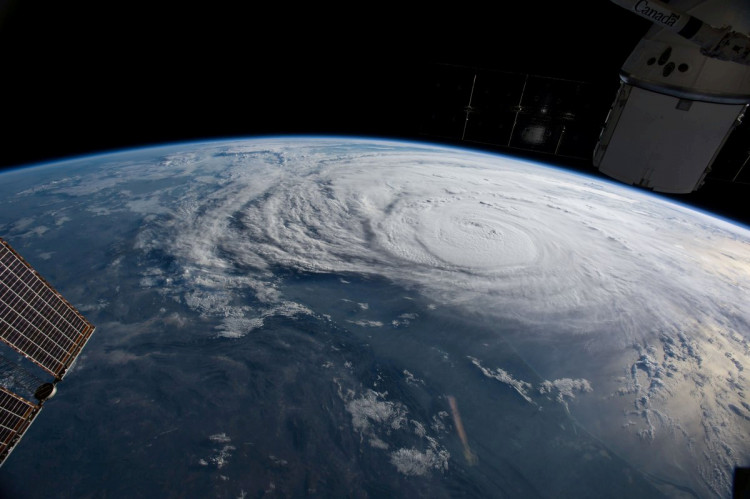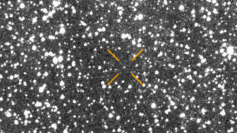NASA has detected a 450-meter wide asteroid hurtling towards the Earth at a speed of 26,843 miles per hour. The agency is closely monitoring the huge space rock for its dangerous proximity when it flies past the planet on Nov. 3.
The approaching asteroid, 2015 JD1, is an Apollo-type asteroid that forms the majority of the population of Earth-crossing and potentially hazardous space objects. Apollo asteroids form a group of near-Earth objects (NEO) with a close impact trajectory by the orbit of Mars.
NASA has calculated that asteroid 2015 JD1 is not directly headed towards Earth and should miss the home planet at a distance of 12.9 LD. LD, short for Lunar Distance, is the angular distance between the Moon and another celestial body.
When converted to miles, the asteroid should be approximately 3,081,242 miles from the Earth's center. While this is considered a safe distance, changes to its current trajectory could very well cause the NEO asteroid to end up directly on Earth.
In order to protect the earth from such events, NASA has been developing its planetary defense weapon, that could deviate the collision trajectory of rogue space bodies.
Meanwhile, scientists now have evidence to prove that the asteroid that caused the extinction of dinosaurs instantly acidified the Earth's oceans. Microscopic fossils serve proof of the findings, in which fossilized algae, the smallest organisms in the world, bear traces of acidification that happened millions of years ago.
An analysis of microscopic carbon-absorbing plankton called foraminifera found evidence of instant acidification of the oceans, which coincides with a sudden impact killing of the ancient animals. The new findings have ruled out other catastrophes, including disease, climate change, or volcanic eruptions.
"It's flash acidification, and it transformed ecosystems for millions of years," Noah Planavsky, one of the study's authors, told the New York Times.
This, they reason, would have caused the plankton to die out and the web of life to deteriorate. Notably, life in the ocean's upper layers would die out, disrupting the carbon cycle. According to the data, it was several million years before bouncing back.
NASA has doubled what it is spending to help detect and possibly deflect asteroids on a collision course with Earth.
According to NASA's budget estimates, the agency has been steadily increasing its "Planetary Defense" allocations over the past few years. This program received $60 million in funding for the fiscal year 2017, $76 million for 2018, and it expects to receive $150 million in 2020.



